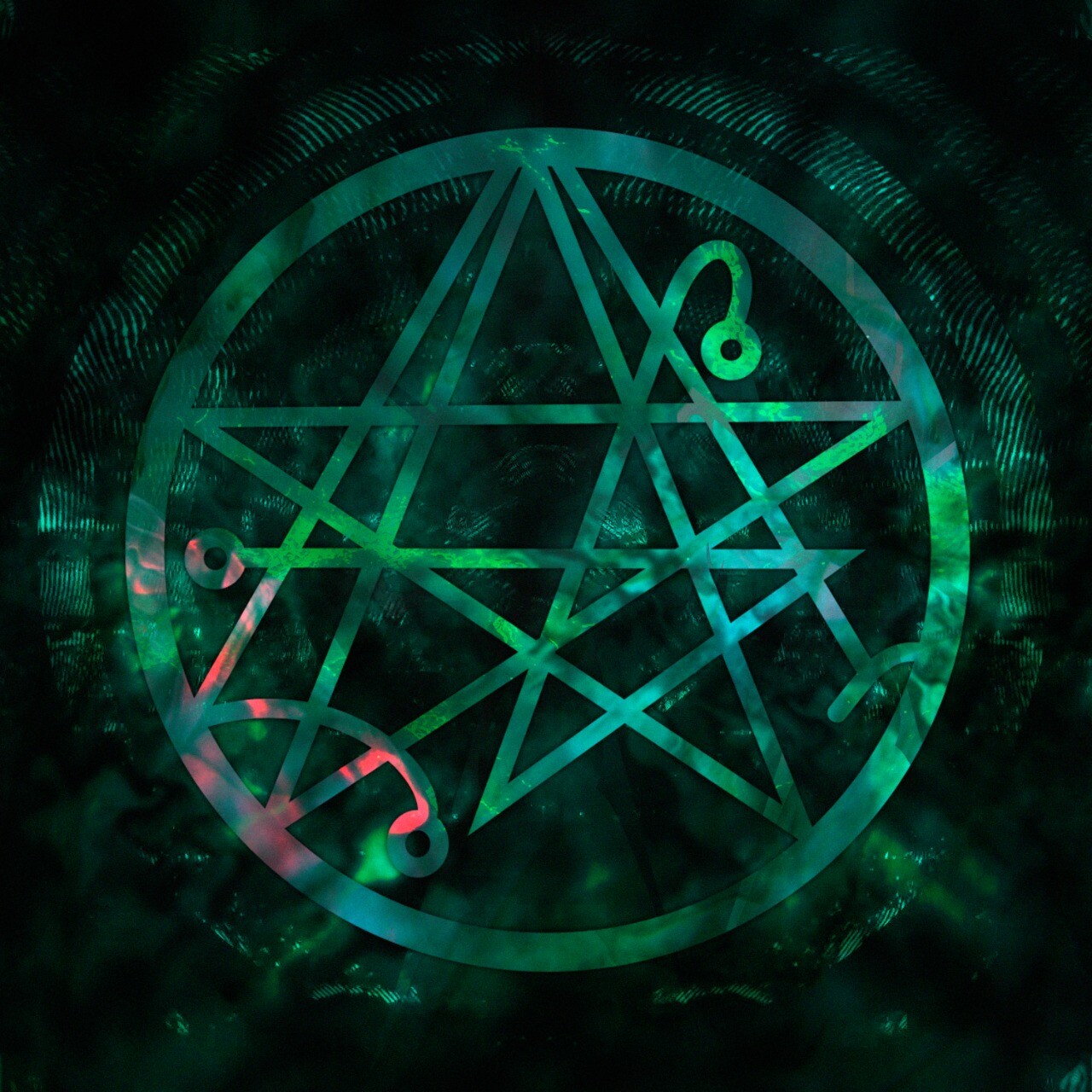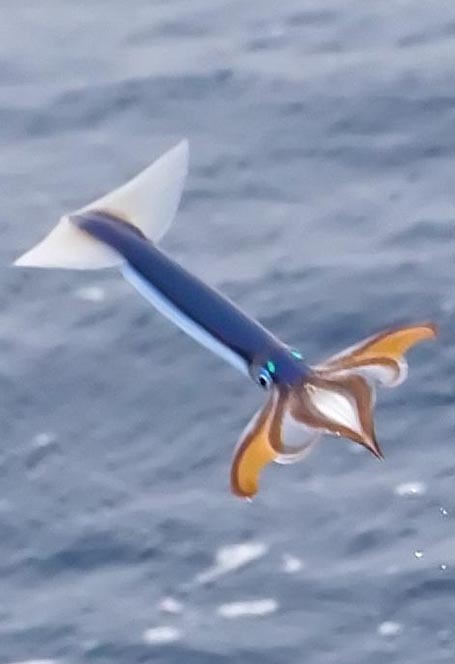- cross-posted to:
- map_enthusiasts@sopuli.xyz
- cross-posted to:
- map_enthusiasts@sopuli.xyz
Does it have to look so… meaty?
🎶 The meat-clusters connected to the, nebula-bone 🎶
That’s the sort of map you’d expect from beings that are made out of meat.
What’s the big blue thing, and are all the “walls”/white clusters orbiting around it? Sorry, I don’t know anything about astronomy but I find that photo fascinating. I didn’t know the universe was being mapped out like that haha.
So, maybe this picture will help a little? It has the gravity flow lines on it.
The blue is the Laniakea Supercluster. It’s a bunch of separate galaxies that are gravitationally connected to one another (moving through the universe in a similar way). Everything in that cluster is flowing toward a point in the center called “The Great Attractor.”
Interestingly, we don’t actually know what The Great Attractor is yet, because it’s on the other side of the center of the Milky Way from us, so all the stuff in the way is really hard to see through. (We call this the Milky Way’s “zone of avoidance”)
It’s possible that The Great Attractor point is actually an illusion caused by the gravitational effect of the Shapley Supercluster pulling us in its general direction, but we’re not entirely sure yet.
The two yellow patches are areas that we’re flowing away from in a way that makes it appear that something there is pushing us away. Personally I side with the idea that this is also just an illusion and there’s not really anything there pushing, just that our being pulled away from that area by The Great Attractor and the Shapley Supercluster makes it look that way.
Your first sentence sounds like you meant to link a picture, but it looks like the link might be missing.
But thanks for the clarification. One thing is I linked to this guy elsewhere in the comments, who explained that the force of gravity is too weak at the supercluster scale for clusters of galaxies to be attracted to each other. But you mentioned that the clusters within the Laniakea Supercluster are attracted to The Great Attractor, and then you further said that the entire Shapley Supercluster is pulling on the entire Laniakea Supercluster. So I’m just wondering, was that guy I linked wrong? It was a random google search on a topic I know nothing about, so I wouldn’t be suprised if it’s wrong, but maybe I’m misunderstanding what he was trying to say too.
Oh that’s weird! I can see the picture. I wonder what instance you’re on? I’m on kbin.social. We should let the admins know that linked pictures aren’t coming through.
And the answer to your question is: Not all gravitational influence is orbiting! “Attracted by” doesn’t necessarily imply orbiting, and yes your link is absolutely correct that these superclusters are not and never will be orbiting one another. But they are affected gravitationally.
It gets a little weird to think of at this point, but think about that object that passed us a while back called Oumuamua. It’s believe to be from a completely different solar system, and yet managed to leave the orbit of that solar system and fly past us. So our sun definitely affected it gravitationally, but not strongly enough to pull it into orbit and it’s flying away from our solar system now.
To understand these things, you have to change the way you think about what gravity is. You can think of gravity less as a “force” and more as the effect that massive objects have on space itself, warping and bending the shape of space. This creates sort of 3-D “hills” and “valleys” where gravity is weaker or stronger. And objects traveling through space *including photons of light" flow along those ripples, bending in the general direction of an area of a high concentration of mass and away from areas of low concentration of mass.
On the greatest cosmic scales like these superclusters, we see a general flow of massive objects along a similar trajectory, both caused by and causing these mind-bending super structures. Everything is influencing everything else because it’s bending space itself.
Here’s the source of the picture I posted, they describe these structures as gravitational water slides, which I think is adorable lol: https://skyandtelescope.org/astronomy-news/cosmic-void-pushes-milky-way-3001201723/
I’m on a lemmy instance called sopuli.xyz. This is what your comment looks like there:
https://sopuli.xyz/comment/929467
If I go directly to kbin.social, then I can see your image:
https://kbin.social/m/astronomy@mander.xyz/t/160781/Map-of-about-0-001-percent-of-the-observable-universe#entry-comment-630589
I don’t know a thing about kbin, I’m still new to lemmy myself, but it looks like that picture is an attachment or something on kbin, as opposed to being directly embedded in the comment. When I expand and collapse the text of your comment on kbin, the image always remains at the bottom, as if it’s not part of the text. Maybe that’s some kbin attachment functionality that’s incompatible with lemmy? I’m not sure. Or maybe it’s some kbin trickery to always display embedded images even if the text is too long and triggers a text collapse.
Thanks again for the info about superclusters, though! This is all very fascinating.
Not OP but the blue part would be this I assume - https://en.wikipedia.org/wiki/Laniakea_Supercluster
Can’t speak as to the white clusters so I’ll let OP touch on that one lol
Thanks, that clued me in to the existence of superclusters, a term I’ve never heard before, and then I somehow wound up here in search of my answer of if the superclusters are orbiting each other. That’s a good read, for anybody interested, but here’s the summary:
One object orbiting another is an illusion. Instead, all objects orbit their common center of mass, called the barycenter. It looks like we orbit the sun because our common center of gravity is beneath the sun’s surface.
When it comes to galaxies, we can say that each one in a cluster, such as our local group, is gravitationally bound and orbiting a common barycenter. That means the Milky Way is orbiting a point in space roughly midway between here and the Andromeda galaxy.
At the scale of superclusters, however, the mass is too spread out and homogenous for centers of gravity to form. With no common center of gravity, clusters of galaxies have nothing to orbit and so don’t.
Instead, they are steadily pushed apart by the expansion of space.
I believe Andromeda is part of Laniakea? Would make sense but I could be wrong
For that matter, what are the yellow things?
Empty bits, basically. They’re regions where there’s significantly less stuff than average. Because there’s less stuff there, surrounding stuff gets pulled away from that region in every other direction by gravity, so it looks like the empty region is pushing stuff away from it. It’s actually just failing to pull things towards it as hard as everywhere else is, but that’s why they’re called “repellers”
It seems like the issue has been confused a lot by a couple of things. First is a theory that if antimatter and matter gravitationally repulse each other it could explain dark energy, so voids like this might be full of antimatter pushing everything else away. Consensus has, however, generally settled on gravity attracting matter and antimatter to each other just as it would matter to matter. CERN is able to produce antimatter and experiments seem to have confirmed the consensus.
Second, the scientist that led the project that identified the dipole repeller seems to be very insistent on referring to it as actually pushing things, rather than an apparent pushing that arises from pulling less than everything else. Now, to be clear, I’m no expert. I’m a qualified mechanical engineer so I have a decent grasp of physics, but I’m still a complete amateur and outsider in the world of astrophysics. I also don’t know anything about the scientist in question. I say this so that you can take it in to account when I say that it really, really looks to me like the guy is doing it deliberately to grab headlines because “big patch of space emptier than expected” isn’t easily understood to be as much of a discovery as it actually is
But basically, yellow bits on the map = big patches with less stuff in them than usual
I’m guessing here, but- ‘less stuff than usual’ means ‘still galaxies with hundreds of billions of stars, just fewer of them.’
That’s my understanding, yeah. There’s not a hard lìne of “must have below x density to be a void” but apparently around a tenth of the average density across the observable universe is typical. The largest known void is about three billion light years across and contains over 100,000 entire galaxies. I have absolutely no way to put measurement of that magnitude in to context, but “has 100,000 galaxies in it and is still considered to be notably empty” is wild to me
Just wanted to clarify I’m not the OP, I just cross/posted this from an interesting maps community I’m in…I thought it would show all of you that it was a cross-post. I apologize if I didn’t make that clear. Just thought it was an interesting find!
So what are these multiple “South pole walls” in this image? When I first opened the image I was afraid this was some kind of flat-Earth thing until I saw the other labels.
Wow what an awesome map. Love this stuff.
Oh that’s weird! I can see the picture. I wonder what instance you’re on? I’m on kbin.social. We should let the admins know that linked pictures aren’t coming through.
And the answer to your question is: Not all gravitational influence is orbiting! “Attracted by” doesn’t necessarily imply orbiting, and yes your link is absolutely correct that these superclusters are not and never will be orbiting one another. But they are affected gravitationally.
It gets a little weird to think of at this point, but think about that object that passed us a while back called Oumuamua. It’s believe to be from a completely different solar system, and yet managed to leave the orbit of that solar system and fly past us. So our sun definitely affected it gravitationally, but not strongly enough to pull it into orbit and it’s flying away from our solar system now.
To understand these things, you have to change the way you think about what gravity is. You can think of gravity less as a “force” and more as the effect that massive objects have on space itself, warping and bending the shape of space. This creates sort of 3-D “hills” and “valleys” where gravity is weaker or stronger. And objects traveling through space *including photons of light" flow along those ripples, bending in the general direction of an area of a high concentration of mass and away from areas of low concentration of mass.
On the greatest cosmic scales like these superclusters, we see a general flow of massive objects along a similar trajectory, both caused by and causing these mind-bending super structures. Everything is influencing everything else because it’s bending space itself.
Here’s the source of the picture I posted, they describe these structures as gravitational water slides, which I think is adorable lol: https://skyandtelescope.org/astronomy-news/cosmic-void-pushes-milky-way-3001201723/
Is the map 3d or 4d?
If that ain’t the face of god, idk what is. So fucking creepy and beautiful.
It’s not god, it’s physics.
Don’t forget the chaos.
The chaos is also physics.
I don’t think science and “god” are mutually exclusive in any way. I’m not religious. And I don’t see a face. But I can appreciate the grandness, the order and disorder, and also see something I’d call divine. If science, if everything as a whole, just being, isn’t “god” I don’t know what is.
We already have a word for everything. The word is ‘everything.’ No need to redefine what ‘god’ means to make it fit into the grandeur of the universe. It isn’t necessary at all.
I’m an atheist, and it’s mostly a joke. The image becomes pareidolia for me, and I’m sure I’m not alone. Just because we have a scientific name for everything doesn’t mean we can’t enjoy comedic wordplay and poetic imagery.
Hmm. I don’t really like to use the term god, just for that reason. But “redefining god” is a weird idea to me, as everyone’s idea of it is probably different. My “god” is everything, and I call it whatever I want, but usually I don’t call it anything in particular. I’m just trying to state that that person’s view of this picture seeming “godly” is not off the mark at all imo.
I guess my real issue, obviously it’s not with you, is with the modern connotation of “god” as a sky fairy, when that’s not been my experience with it at all.
I don’t think there’s anything wrong with talking about god, especially in this sense, and I don’t see the need to interject that this god is actually science, when it’s the same thing.
100%








